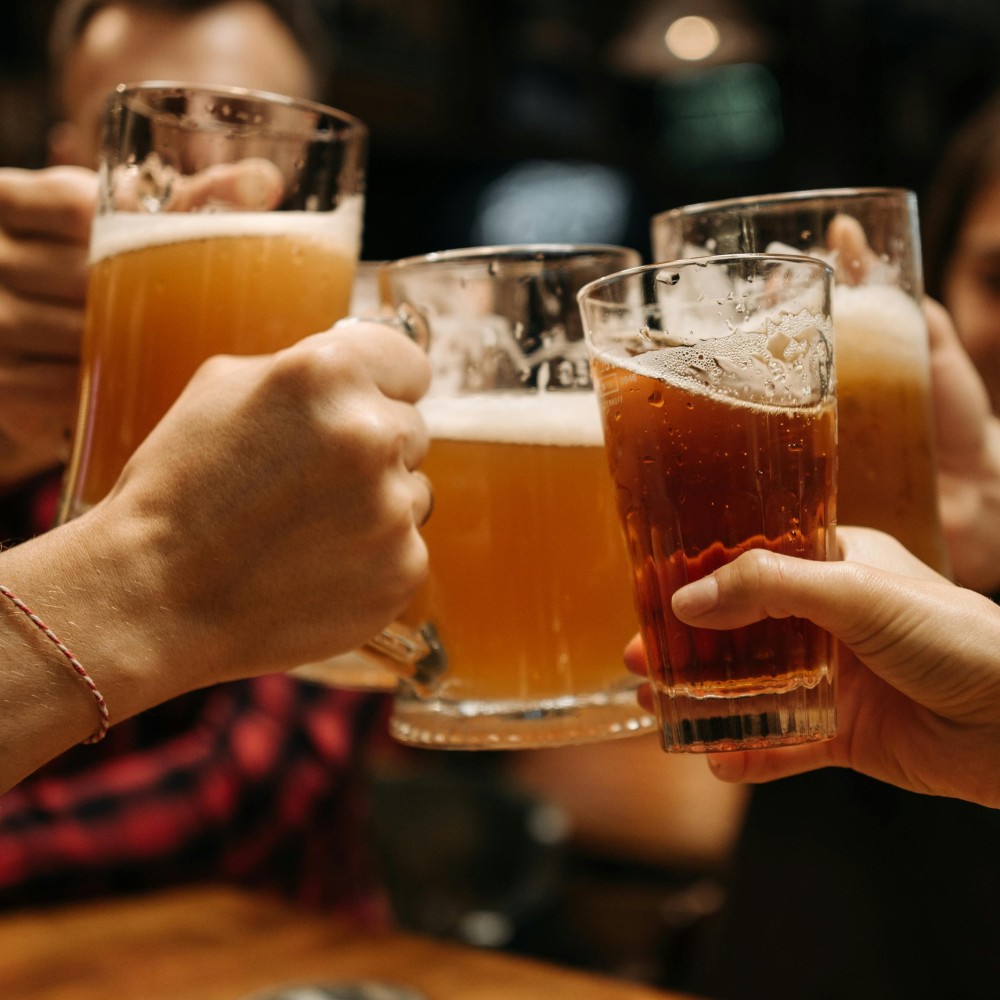Published:
The history of beer goes back thousands of years, making it one of the world’s oldest beverages. In 2023, more than 166 billion liters of beer were drunk across the globe. This figure is expected to increase to 170 billion in 2024, and further increase to 180 billion by 2027. Even as beer consumption is expected to increase, non-alcoholic beer and seltzer options are becoming increasingly popular, especially during the month of January when millions of people across the globe participate in Dry January.
The history of beer dates back to ancient Mesopotamia where archeologists have discovered ceramics still sticky with beer residue from 3400 B.C. and the ‘Hymn to Ninkasi,’ an ode to the Sumerian goddess of beer from 1800 B.C which describes a recipe for beer. Moving forward to ancient Egypt, everyone drank beer as part of their regular diet, from pharaohs to peasants and even children. The beer we know today is a result of Christian monks from the Middle Ages adding hops to the brewing process.
The consumption of alcohol has shifted as generations change spending and consumption habits. Gen Z is coming of legal drinking age, but this presents challenges for alcohol brands as 45% of Gen Z who are of age have never consumed alcohol. Consumers in this age range are more likely to turn to non-alcoholic alternatives such as Heineken 0.0 or White Claw’s new line of seltzers with 0% alcohol. While these alternatives are not as popular as their alcoholic counterparts, more than 7.8 billion liters of non-alcoholic beer is expected to be consumed in 2024, with that number increasing to almost 9 billion liters in 2027. Baby Boomers are reaching retirement age, which could lead to a change in their drinking habits as a result of a decrease in disposable income.
Heineken, produced in the Netherlands, is the most popular beer brand in the world and is favored in more than 75 countries including Brazil, Australia, and Greece. The Netherlands exported more than USD 2 billion worth of beer in 2022. Another popular beer globally is Guinness, which is produced in Ireland. Guinness is most popular in 20 countries across the globe including Chad and Guyana. Ireland rounds out the top 10 leading exporters of beer, exporting more than USD 313 million worth of beer. Mexico produces Modelo and was the global leader of exporting beer, exporting more than USD 5.4 billion worth of beer in 2022. Modelo is the most popular beer in several countries including Chile, Argentina, and Angola. Beers that are produced in a country are sometimes not the most popular beer in that country, such as the case with Guinness and Ireland, Brahma and Brazil, and Modelo and Mexico.
Dry January represents another change in alcohol consumption. This event dates back to 1942 when Finland held ‘Sober January’ to help in the war against the Soviet Union. However, other countries, such as the United Kingdom, have yearly campaigns for Dry January to focus on reducing the harm caused by alcohol in society. In the UK, more than 175,000 people signed up to participate in Dry January 2023 and more than 260 million people from the United States participated.
The beer market is changing as a result of new consumer preferences and consumption habits. The history of beer shows that although non-alcoholic beers and seltzers are becoming more popular, the beer market will remain strong for years to come.
File under






